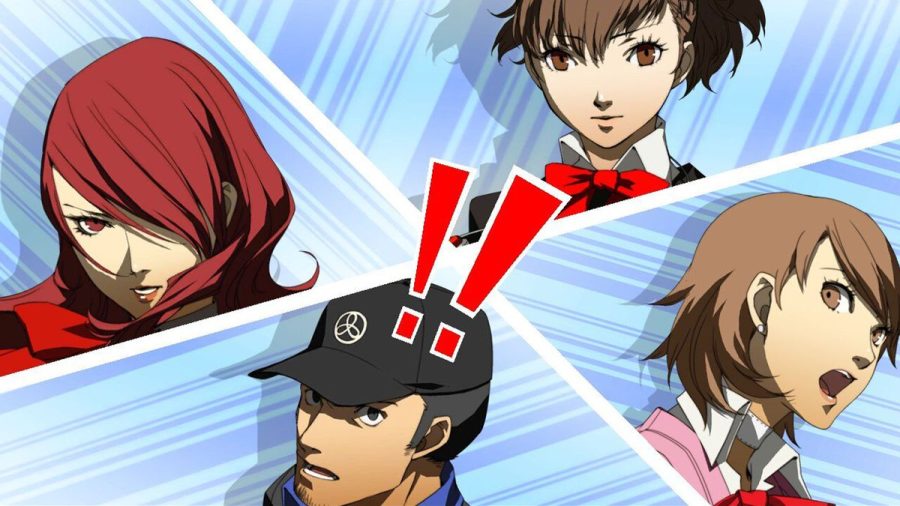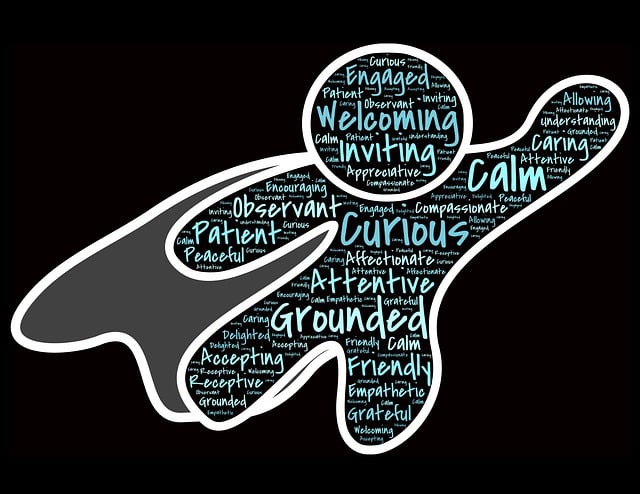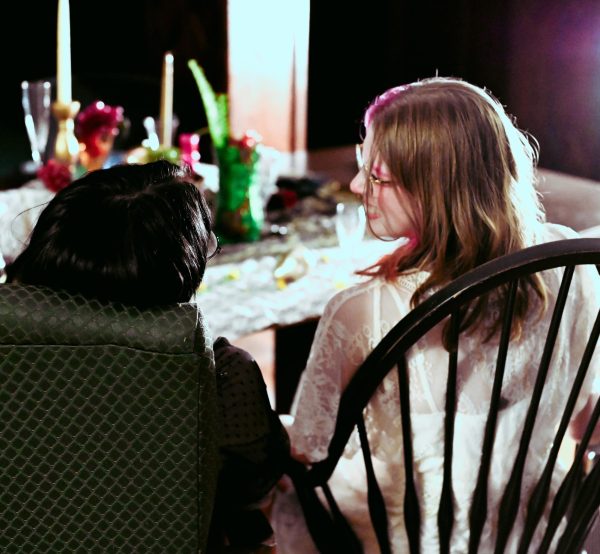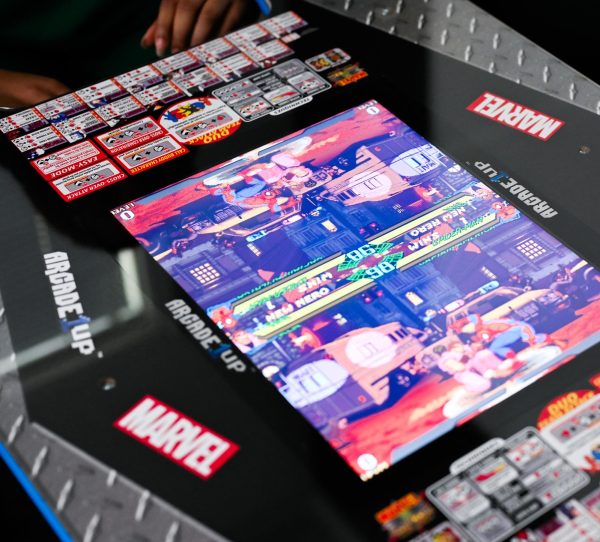What Persona 3 Portable Made Me Realize
April 13, 2023
“I am thou, thou art I….”
This is a common phrase in the Persona series, a series based around Japanese role-playing games and one of my favorite video game series of all time.
I was first introduced to the series through Persona 4: The Animation, the anime adaption for Persona 4. But I wouldn’t start playing the games until I got Persona 4: Golden one Christmas to play on my PS Vita. The game immediately sucked me into its world with its addictive gameplay loop of grinding through dungeons, interacting with characters, stat-building, working part-time jobs, going to school, and having to do it all on a daily schedule.
Since then, I’ve been a huge Persona fan. I play the games, watch video essays on Youtube about the series, enjoy looking at Persona fanart on Tumblr, and I like to indulge myself by reading & writing Persona fanfiction.
For Persona games that I can’t play for myself but I really want to experience, I will watch walkthroughs of those games on Youtube. For the longest time, Persona 3 Portable- the remake for the third Persona installment Persona 3- was one of those games.
So I was really pumped when Atlus decided to re-release Persona 3 Portable for modern video game platforms like Nintendo Switch, PC, Xbox, and PlayStation 4 at the beginning of this year. I was so excited in fact that I stayed up an entire night just so I could buy and start playing the game the very moment it became available. What made me so eager to play Persona 3 Portable was that it gave the players the choice betweening playing as a girl or a boy.
The Persona games follow a group of teenagers, led by a silent protagonist (you), in modern-day Japan. You and your rag-tag team of teen heroes call upon the power of Persona, a manifestation of a person’s personality, to fight against Shadows, creatures born from suppressed human thought. While all main installments in the series make use of this formula, each one has its own setting, its own overarching plot, its own cast of characters, and its own color to represent it. Blue Persona 3 has you confront Death itself on a island city; Yellow Persona 4 propositions you into navigating between a small rural town and a foggy world behind the TV to solve a serial murder mystery; Red Persona 5 has you take up a mask and stick it to the man by pulling off grand heists in a supernatural realm of cognition formed the metropolitan population of Tokyo.
Drawing inspiration from tarot cards, mythology, and the work of Swiss psychiatrist Carl Jung, the Persona games construct a world where the universal adolescent struggle of coming to grips with one’s identity leads to teenagers being empowered. This empowerment allows for its teenaged heroes to not only fight against supernatural enemies but confront real-world plights as well. Persona 4 explores themes of gender and sexuality through the characters of Kanji Tatsumi and Naoto Shirogane: Kanji’s narrative has him reconciling with his own masculinity and sexuality in the face of society’s heteronormative expectations, whilst teen detective Naoto Shirogane takes up a masculine gender performance so she can be taken seriously in the sexist police field. Persona 5 takes it a step further by addressing issues of misogyny, sexuality, and patriarchy through three of its main female characters: multiracial Anne Takamaki fights against being sexually objectified at the hands of a predatory volleyball coach and reclaims agency over her own sexuality, student president Makoto Nijima’s relationship with her prosecutor older sister Sae is affected by the misogyny that Sae faces at work, and rich heiress Haru Okumura faces being used a tool in her father’s ambitions at the expense of getting trapped in a loveless, potentially abusive marriage. These storylines in Persona 4 and Persona 5 speak to the Persona series’ ability to challenge heteropatriarchy and suggests it is not too much of a stretch to ask why Persona 3 Portable, as of writing this, is the only Persona main series game where male is not the default.
We get an answer to this issue from an interview with Persona 5 director Katsura Hashino. In that interview, Hashino said that there was talk of having a female protagonist in the game before it was ultimately decided that it wasn’t worth it
At the start of Persona 3 Portable, the game has you choose between a blue-haired male protagonist and red-haired female protagonist before having you type out a name for them. I picked the red-haired female protagonist and had them take on my own name. After that, the story plays out the same in both routes with you transferring to Gekkoukan High School, joining up with SEES (Specialized Extracurricular Execution Squad) in both routes.
But there are some significant differences. In battle, the male protagonist wields a sword whilst the female protagonist slices through Shadows with a spear. While the game graphics for the male route are blue, they are pink for the female route.
The most significant difference between playing as either the male and female protagonist in P3P comes with the tarot-representing social links. First introduced to the franchise in the original Persona 3, social links are where the player spends time with supporting characters in the game in order to gain more power and unlock stronger personas. This mechanic not only serves as a way for the player to get stronger but also has the player engaged with the game’s world and characters. In P3P, there are characters whose social links are exclusive to one of two gendered routes. While the male protagonist can have a social link with Keisuke Hiraga of the Art Club, the female protagonist has her social link with mysterious transfer student Ryoji Mochizuki. This is in spite of both of these social links representing the Fortune tarot. In the male route, you aren’t able to enter into social links with your male teammates but you are able to do so when playing as the female protagonist. The player can even romance these social link characters, although the romance options are very heteronormative. The ability to romance male characters was one of the major reasons why I wanted to play Persona 3 Portable so badly as I am a particular sucker for dating sims.
My favorite social link of the game is the one corresponding to the Moon Arcana with Shinjiro Aragaki. This is a social link exclusive to the female route
There have been other female protagonists in the Persona series. After making her debut appearance as a major character in Persona 2: Innocent Sin, journalist Maya Amano replaced Tatsuya Suou as the protagonist in its direct sequel: Persona 2: Eternal Punishment. In the original Persona 3 FES, the mantle is temporarily passed down to SEES member and android Aigis in the epilogue called The Answer.
Unlike Maya and the female protagonist in P3P, Aigis isn’t considered a protagonist in the way that the default male Persona protagonists by most of the Persona fanbase. Atlus shares this sentiment as Aigis isn’t present in the Persona promotion art that it releases that features all the Persona protagonists. This can be chalked up to Aigis being the protagonist only in FES-exclusive The Answer and only for a minimal amount of time. Because of that, we don’t get the entire shabazz with the social links, daily school life, and a moving long-stretched out plot with her.
It’s a similar case with Maya Amano, who was a Persona protagonist in a time before the Persona series. It truly became the Persona series with its signature social links and visual novel style.
This makes the female protagonist in Persona 3 Portable the most viable avenue for those who want a female experience playing Persona. Though she is limited as P3P doesn’t have the 3D Models that was had in Persona 3 FES, the female protagonist wasn’t considered canon for the longest time, and had been largely ignored by Atlus up until the release of Persona Q2: New Cinema Labyrinth.
Atlus has given the female protagonist had gotten
In an interview with Persona 5 director Katsura Hashino, Hashino said that there was talk of having a female protagonist in the game before it was ultimately decided that it wasn’t worth it. I find this statement to be discouraging as it suggests that the female perspective isn’t as valuable to game developers and that sends a familiar message to women in the gaming industry. Like most things, the gaming industry has been dominated by men. myself when I was playing a match on League of Legends and one of my teammates called me ‘a cunt’ in the chat when he was bullying me off right lane.
There is a desire for more female protagonists in the series. I can see this in the number of fanfictions where Persona fans re-imagine the stories of Persona 4 and Persona 5 with a female protagonist. These fanworks have the authors take unique twists on the events from the game and create situations that could arise from the protagonists of those games being female. For example, many Persona 5 fanfics with a female protagonist depict the protagonist experiencing sexual harassment at the hands of the same volleyball coach who preys on Anne Takamaki in the who object
Fans are willing to wait for Persona 6



















